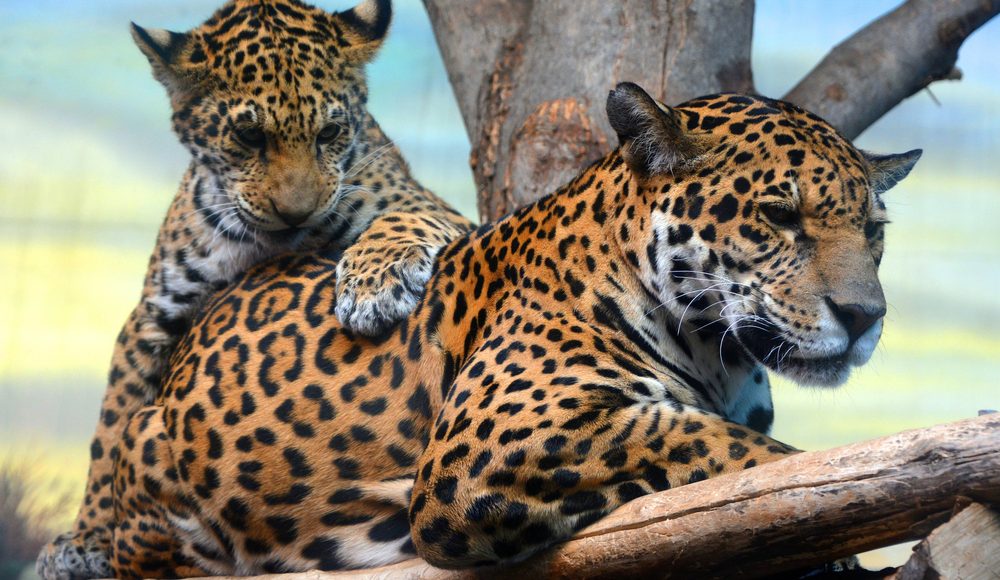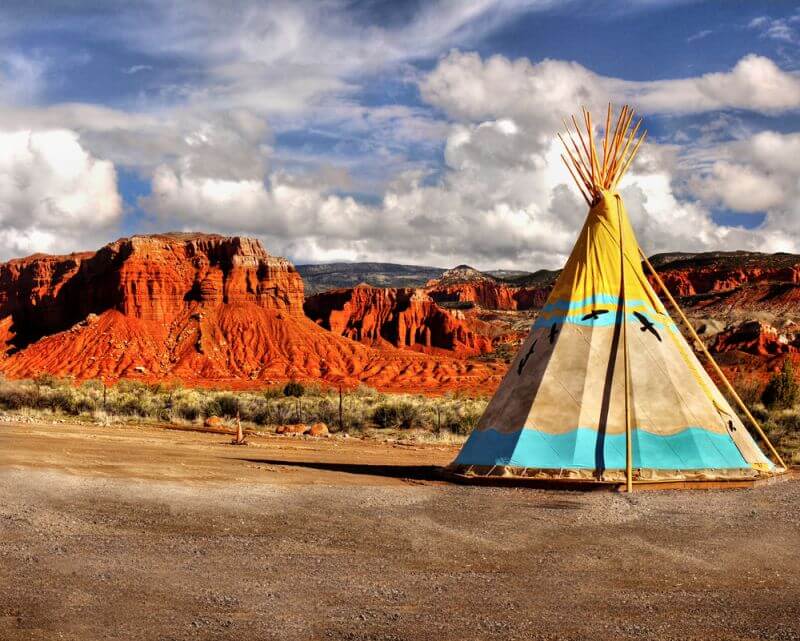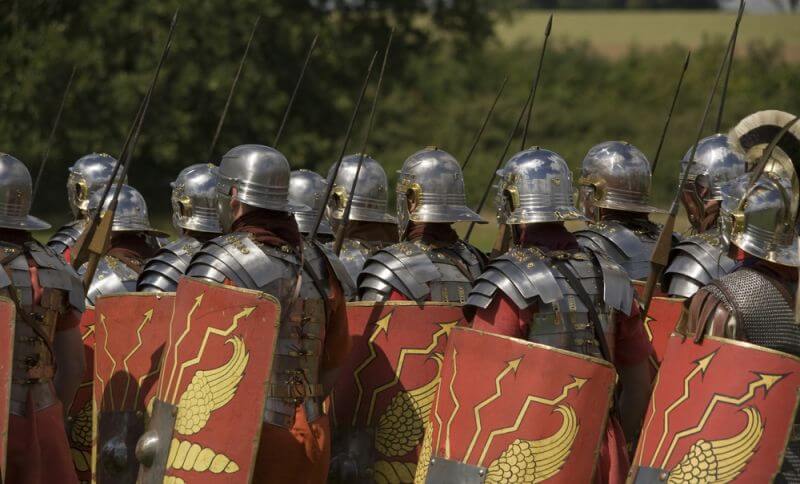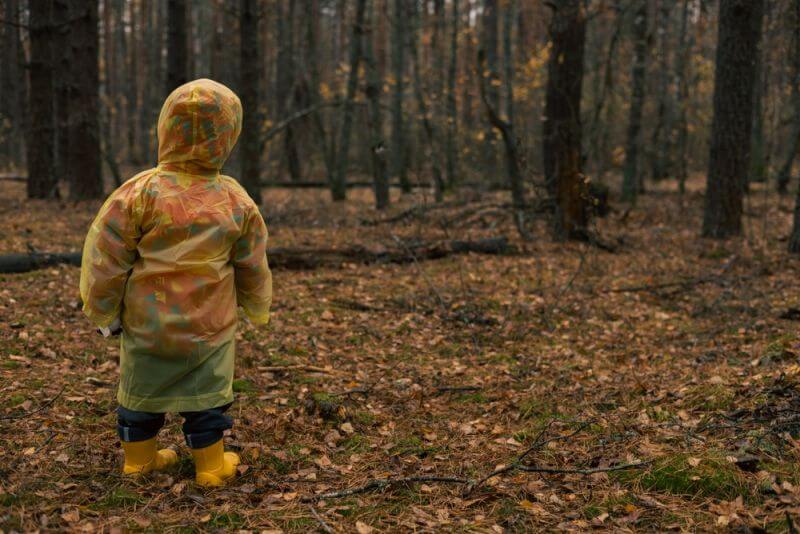The internet is full of people trying to take photos of wild animals from a close range, and there is a common misconception that wild animals are harmless creatures and want to be your friends.
The reality is entirely different, and these wild animals will attack and kill you in an instant if given the opportunity. They exist solely on instinct and survival mode, and they couldn’t care less about your selfies and your opinions regarding them.
Anyone entering a wilderness environment must understand that wild animals are dangerous, and getting too close to them will cost people their lives.
I remember a while back a news story about a tourist who jumped into a polar pen to prove that such bears are friendly creatures and that you could swim with them without worries. That experiment proved to have a lethal outcome. Other wildlife enthusiasts tried to prove that grizzly bears are not dangerous, and getting too close to the bears also had a deadly consequence.
Admiring wildlife should be done with caution, and everyone should understand that the beauty and majesty of wild animals come together with the dangers they represent. In our country, we have many wild, dangerous animals, and only by understanding the threat they present can we avoid problems altogether.
Dangerous bears
There are significant bear populations in many parts across the US, and regardless of whether you encounter a black bear or the fierce grizzly, they should all be treated as dangerous animals. The size of a bear can range from 150 pounds to almost 800 pounds, and these animals are perfectly equipped for hunting and defense. Contrary to popular beliefs, bears are not only scavengers and foragers, and their strong jaws full of teeth and their sharp claws make them powerful predators.
Bears inhabit the most heavily wooded areas in the northern part of our country, and if you find yourself in such places, you better learn how to look for their presence. Try to spot the following signs:
- Scat: Animal waste is one of the signs that will let you know that the animal was close. It is similar in appearance to other meat-eaters, but it can also have traces of grass and fibers.
- Tracks: Bear tracks are easily recognizable and are hard to miss due to the heavy impression of the ball of the foot. You will see the impression accompanied by five toes and claw prints.
- Carcasses: In areas inhabited by bears, sometimes you will spot many crows or vultures circling an area. This is a clear sign that there may be a carcass nearby, and you should leave the site immediately since an animal may be feeding.
- Territory markings: Trees with claw marks are clear signs that you’ve entered a bear’s territory. Leave the area immediately and pay attention to your surroundings.
Dangerous big cats
The giant cat of North America is the mountain lion (also known as the puma or cougar), and it was once found in all 48 continental states. Nowadays, mountain lions are mainly found in the Midwest and the western states. The mountain lion can weigh up to 200 pounds and can be almost 8 feet long, making them one of the apex predators in North America. Look for signs of big cats to avoid a dangerous confrontation.
- Scat: Cougar droppings are similar to those of your everyday house cat, but they are larger.
- Tracks: The tracks of mountain lions are often confused with dog tracks and vice versa. To differentiate between tracks, you will need to spot the three distinct lobes on the bottom of the pad for mountain lions. You will see four toe prints with no claws or nail impressions.
- Sounds: Although they are stealthy animals, mountain lions do have some vocal sounds. For example, their growl resembles that of an overgrown cat. Also, they are known to make sounds like chirping, and some even suggest they may often sound like a person whistling.
- Attack signs: A mountain lion will drag its kill into the high brush or secluded areas to feed. Sometimes you can spot the animal attack signs it leaves.
Dangerous wolves
The wolf is one of the oldest sources of myths and tales in human history, and it’s seen as the woodland owner. This large and resourceful predator has gained its rightful place in the human psyche, and just hearing a wolf howl awakens in us a dormant fear. Folks often believe wolves are nothing more than oversized dogs, but the male wolf can weigh close to 100 pounds and has over 400 pounds of bite force. A wolf bite can easily break a bone and leave you with severe injuries if you manage to fend off the attack compared to your average dog. Look for the following signs to avoid an unpleasant encounter:
- Scat: The scat of wolves is similar to that of domestic dogs, but there will be signs of hair and bones present from their prey.
- Tracks: Similar to the paths of large dogs, wolf tracks will be almost in a straight line with very little side-to-side printing.
- Kill sites: Some people stumble upon kill sites by accident, although it is relatively easy to notice the sign of a kill site. A kill site will have many wolf tracks and various trails going in and out of that site.
Dangerous big game
Some people are skeptical about being attacked by a deer, elk, or a moose sine these are rare cases. However, this doesn’t mean the danger is not accurate, and any of the animals mentioned above will attack you if they feel threatened or cornered with no way of escaping.
- Scat: The scat of the big game will be fibrous and pellet-like. It may vary in size and amount depending on the size and type of the animal.
- Tracks: The size of the tracks you manage to spot will depend on the animal, and in general, they are hoofed with pretty sharp edges.
- Sounds: Such animals are often quiet, but the elk will often hear its mating call.
Protective measures
If you want to decrease your chance of a wild animal encounter, make sure you keep your food in check.
Keep your campsite clean of all trash and uneaten food. Cooking meat will attract dangerous predators, but even fragrant liquids will draw large animals such as bears.
All your food should be secured in sealed containers, and it should be hung above ground away from your tent. The same goes for the pet food and the trash you haven’t managed to dispose of properly.
Avoid keeping any food in your tent and never sleep in the clothes you used when cooking your food.
Fighting for your life
No matter how big and strong, a human will be no match for an attacking wild animal. It would help if you had a backup solution in case you encounter an unfriendly wild animal.
- Firepower needed: Those that love backcountry hiking are often carrying a defensive firearm. If you are serious about your protective measure, you should consider bringing a revolver. However, what you carry depends on where you are planning to go. As a general rule, a revolver chambered in .44 mag and above should be a suitable choice. And if you are forced to use your firearm of choice, fire a few consecutive rounds at the animal and escape as soon as possible.
- Using a knife: Every outdoor enthusiast has a knife, and this tool is part of any backpacking expedition. With a little bit of knowledge and luck on your side, you can turn this knife into an effective weapon. In general, a fixed blade knife is recommended since it can be deployed quickly and has a much larger blade compared to a foldable knife. If you end up having to use your knife, the main thing to keep in mind is that you have to stab the animal and not slash it. Slashing will not discourage the animal from breaking its attack. Also, remember to go for the neck and torso and administer as many stabs as you can. Hopefully, a successful, repeated attack will drive the animal off.
- Using a defensive spray: Powerful OC (Oleoresin capsicum) or prepper spray can be an effective defensive measure if you manage to point the canister at the animal’s face and deliver a full blast. When using pepper spray, be cautious of wind direction because your spray can be just as effective against you. If you plan to go with this option, I recommend picking the UDAP bear spray because it has an excellent range and spray duration. I know a lot of rangers and outdoor enthusiasts that carry one (myself included).
- Using improvised weapons: If you got to this point, you might as well use what you have available to fight for your life. Using a tree branch or even your empty hands can be a successful tactic if you manage to strike the bridge of the animal’s snout. Also, target the animal’s eyes using rocks, dirt, and sticks. The problem with improvised weapons is that such means of defense will not overpower the animal and are employed to make the animal lose interest in you. If you succeed in doing so, leave the area as soon as possible.
Be on the lookout
While I can agree that wild animals are beautiful and majestic, I cannot understand how people give in to that curiosity feeling that nudges them to get a little closer to the animal for that Instagram photo or get a better look.
If you try to get closer, the wild animal may very well perceive you as a treat, and it will act accordingly. In a best-case scenario, the animal may run away, but in the worst case, you may very well end up fighting for your life. If you like to enjoy the great outdoors, get educated on the dangers of wild animals and be on the lookout for them when hiking or camping.








Travelin On | October 28, 2021
|
Great article! Great information! There are rare people and rare situations when man and wild animal have gotten along together just fine, but it usually is when an animal is in need of help, minding its own business and/or is not hungry and the person presents no danger. If there is the slightest amount of fear in a person the winner will be the animal unless one has the means to neutralize the animal threat. Respect and fear are very different things. My parents looked at animals with the thought of dinner on the table and no wild animals ever trusted them. I looked at wild animals with the attitude of respect and beauty in their place, loving to see them being them where they belonged.
I grew up with wild animals as my friends, including yearling black bears a couple of different summers. I trusted the animal world far more than the human world as a child, still do, as there are several things that are common amongst almost all wild animals. Mothers are protective of their babies, don’t get close to or between a mother and her babies. Most animals are territorial and have prescribed areas in which they dwell and they don’t much care for intruders. Intruders make great meals. If an animal is hungry, hurt or protecting young or its territory, plus a few other items, humans best watch out, even if they’ve had good experiences before, surviving unharmed.
Yet it’s been my privilege to help a bull moose and a cow elk out of snow pits where they got stuck in the early winter season and it was either I help them out or they would have died. Having been around these types of animals I knew to work toward them from a position where they could see me, packing a trail with the hope of crushing snow down far enough that even if their hooves broke through the path (they always did break through) they would still have room enough between their underbelly and the ground to continue getting out. I soft talked to them all the while I was making my way to them. They knew I was trying to help them and they allowed me that privilege so they could survive. My parents watched from a safe distance, in fear and concern for me. At times my parents knew enough to leave the area because their fear would make the difference of success or disaster for me as well as the animal. Both rescues worked well and it was a real privilege to help those majestic animals. In their own way they both expressed a genuine thankfulness for the help. That did not mean we were friends. Both they and I knew it.
When out hiking in wilderness areas I’d find a beautiful meadow near the top of a ridge with a beautiful vista of other mountains in the distance and would find a boulder to sit on to enjoy the view. Once while enjoying such a view I saw and heard nothing, but the first indication that I had company was the smell. Very gently I turned my head and there sitting beside the boulder was a black bear, looking out across the vista, just as content as I was. I knew enough to remain still and silent, enjoying the view, waiting to let the bear leave first before I went on my way. It is a treasured memory, but not one I would recommend others seek for any reason. I was extremely fortunate the bear was not hungry and on the hunt, protecting young, was lenient with it’s territory and unhurt.
Yes, I’ve had experiences with mountain lions as well and they have never pretended to be friendly. Every time I’ve encountered them they’ve been hunting and they saw me as their next meal. They are superb at hunting in pairs. If you see one you best be wary of another out of sight. (Same is true with pairs of wolves hunting, unless they are in a pack, then watch out) I’ve been very fortunate to be able to dissuade and discourage the mountain lions.
It’s a reality of being in the woods/forests and wilderness areas where they live, or in areas where people have usurped their natural habitat and the two worlds now join, people need to be cautious and wary of wild animals, having great respect for them and their beauty.
If people are going to try to invade wild animal territory, there is one reality people need to have in the conscious part of their mind, stupidity will not be tolerated by a wild animal and humanity will end up being the loser. As Mr. Roger’s so appropriately points out, they are not your friends. If you’re going to be in their area, the guidelines he provides are good ones to follow. Wild animals couldn’t care less about selfies and turning your back on a wild animal is one of the most stupid things a person can do.